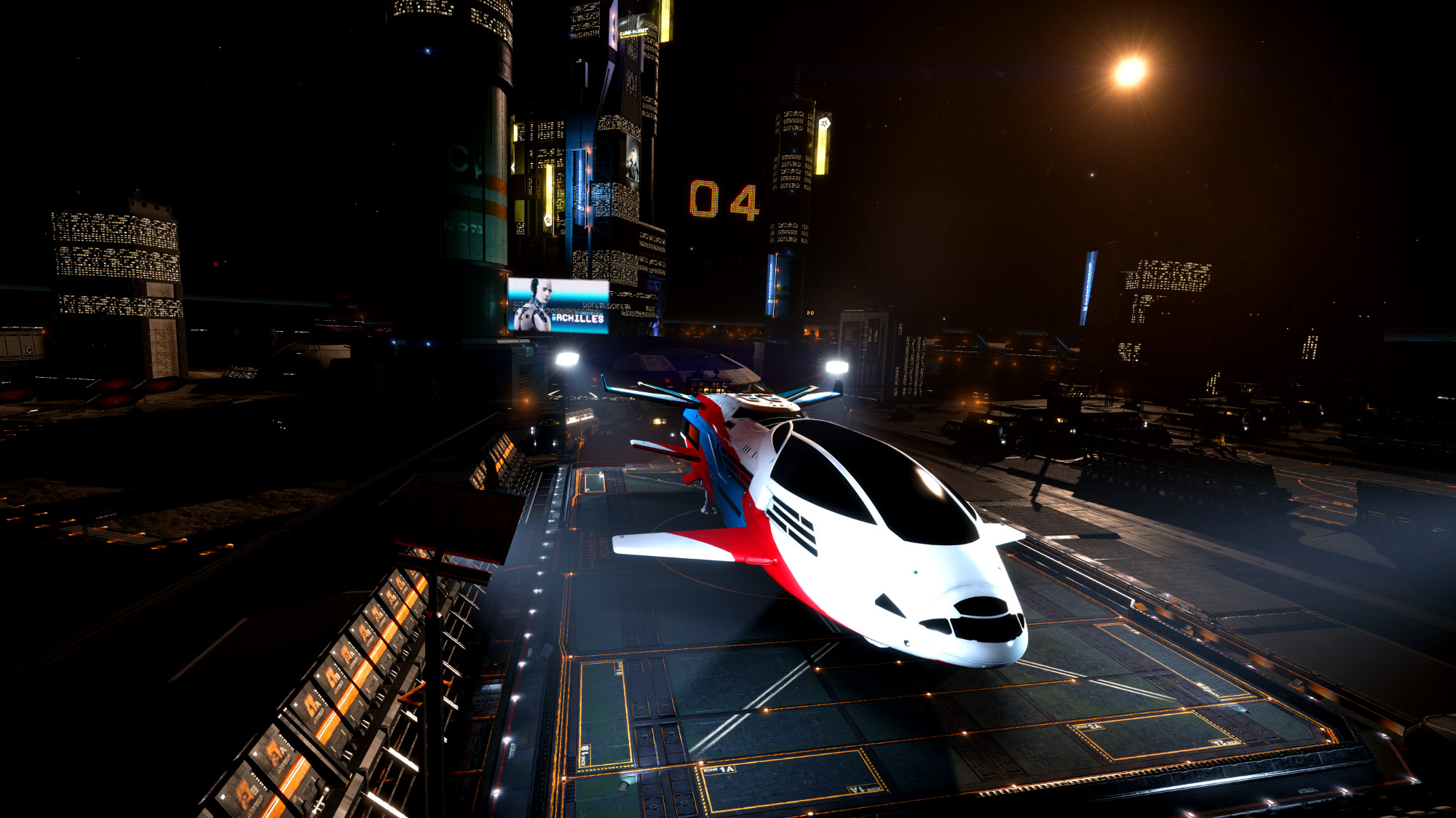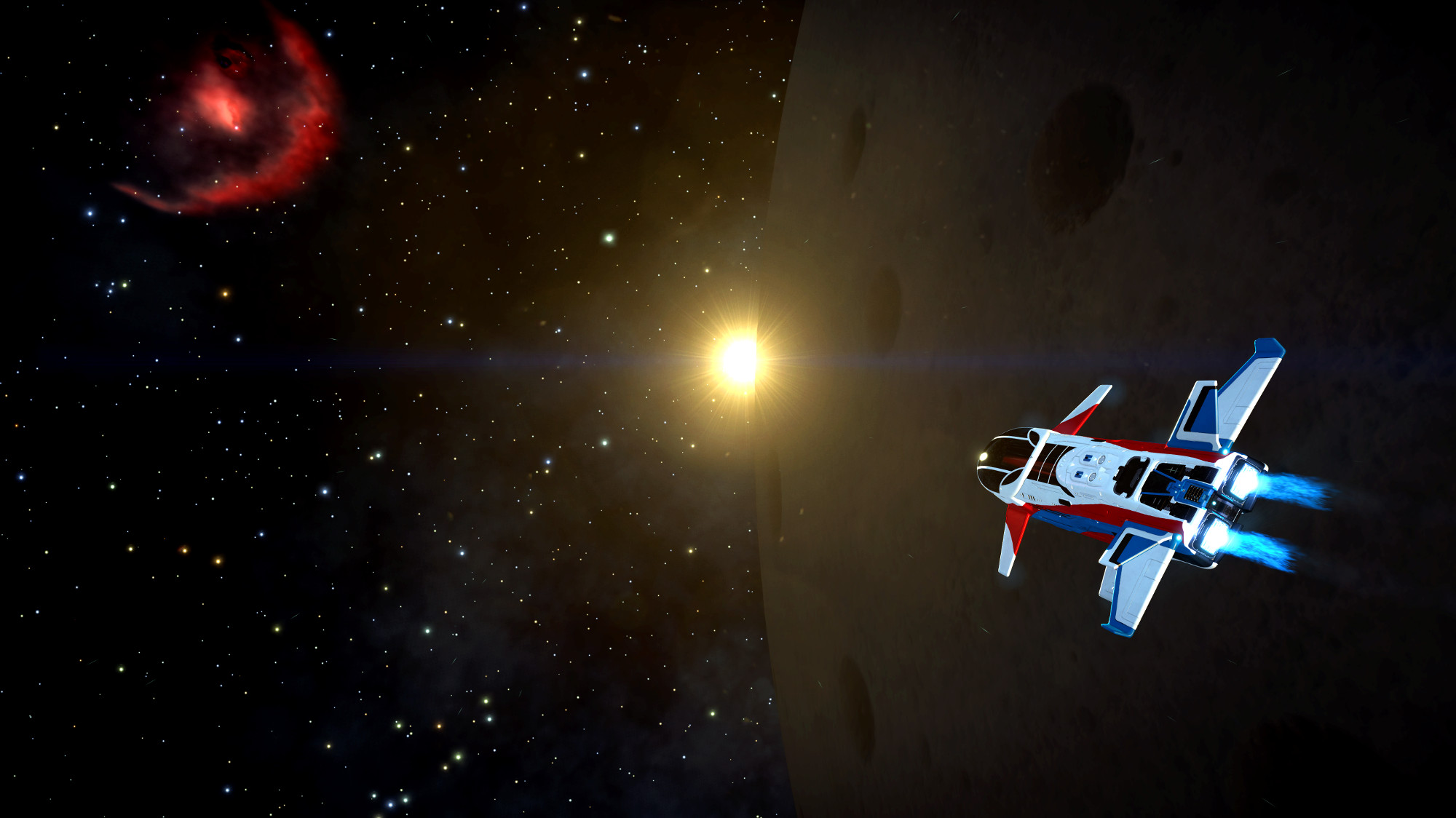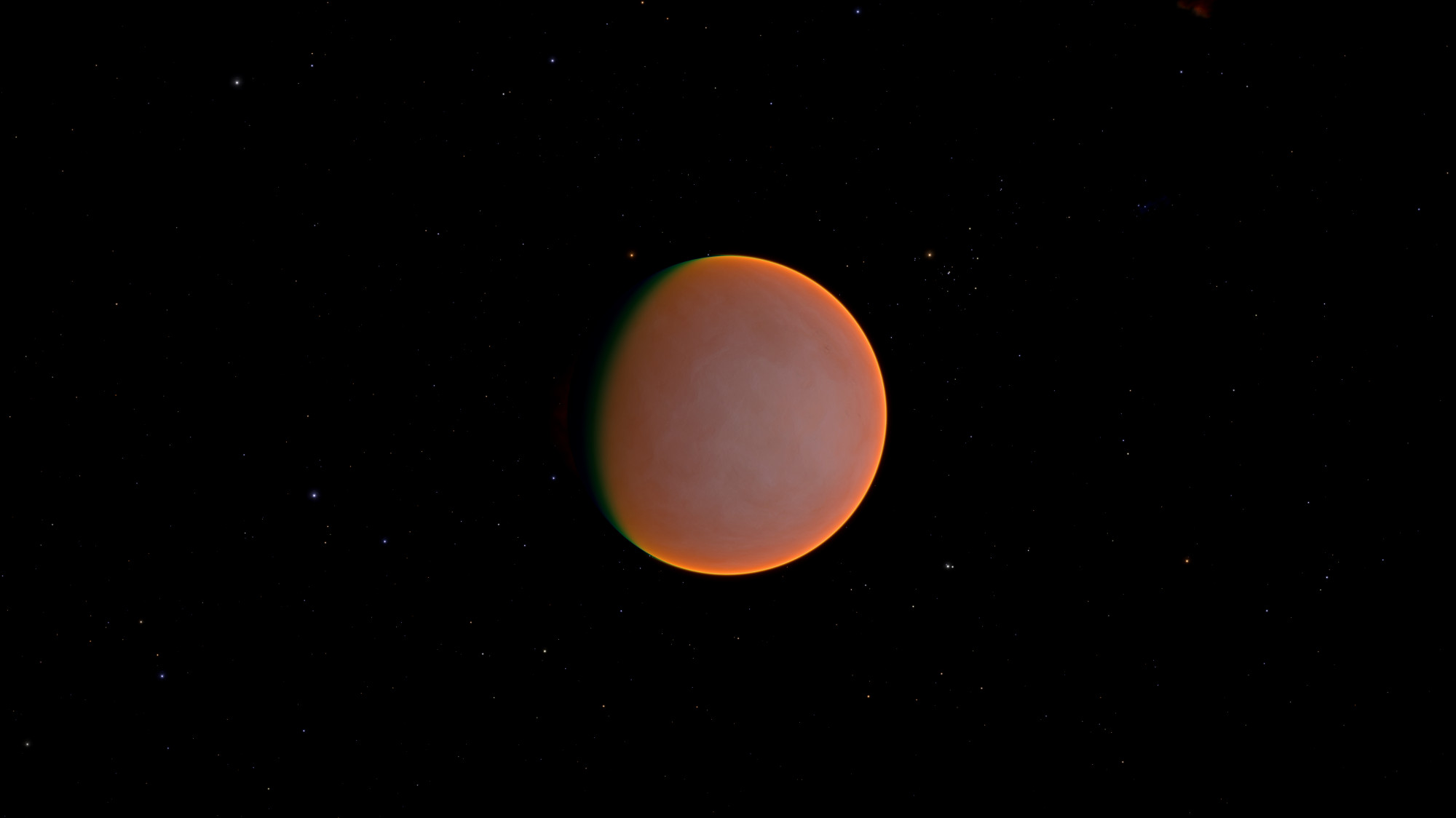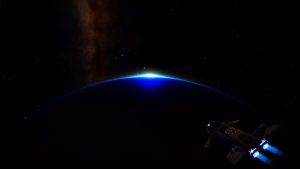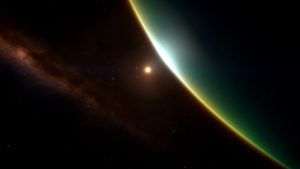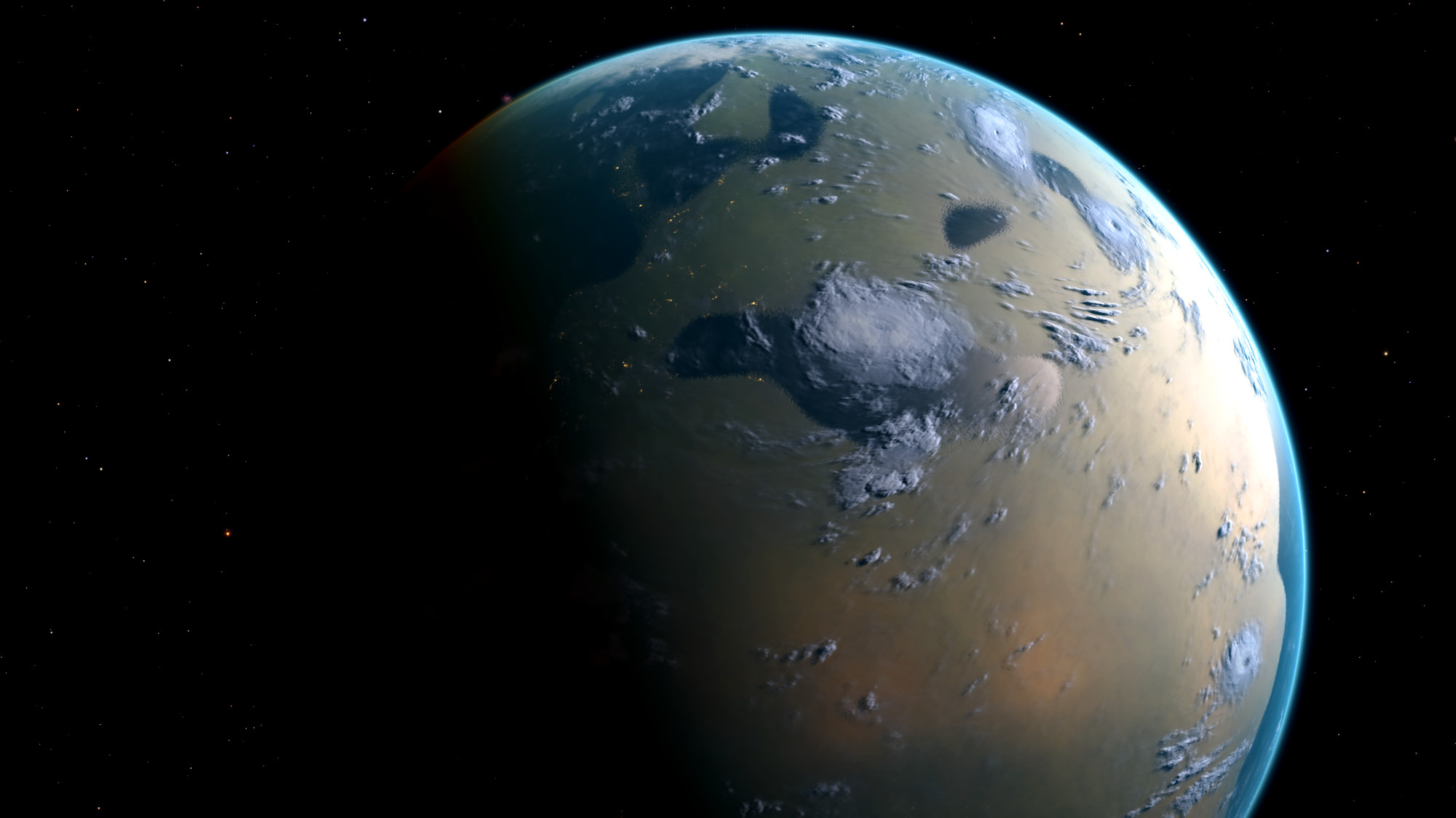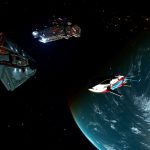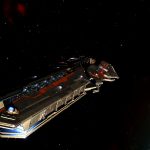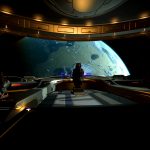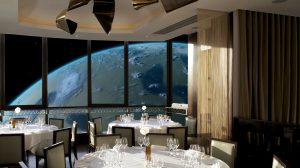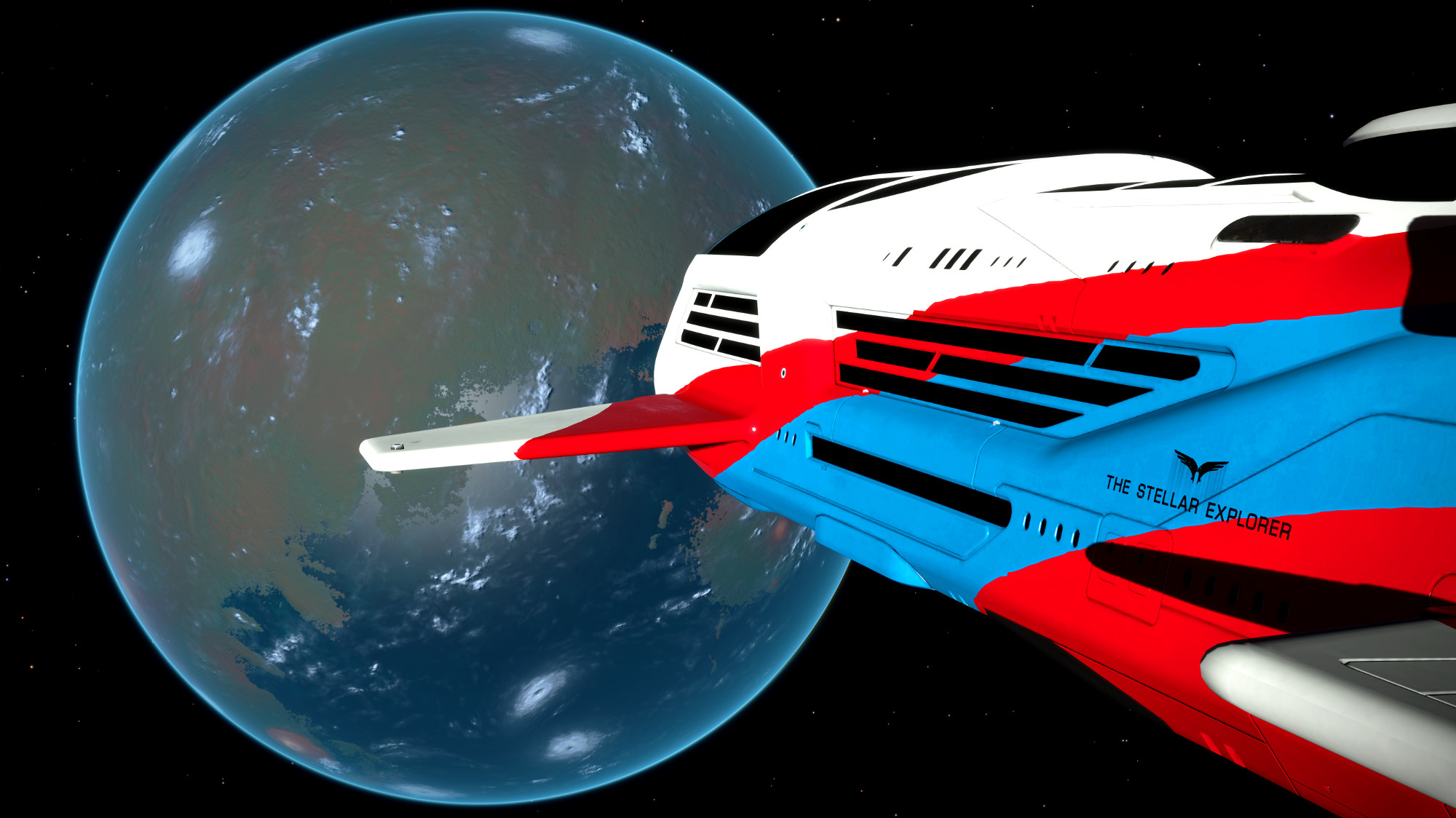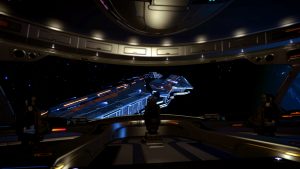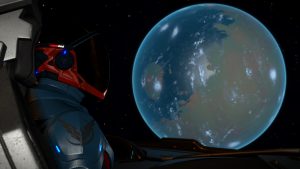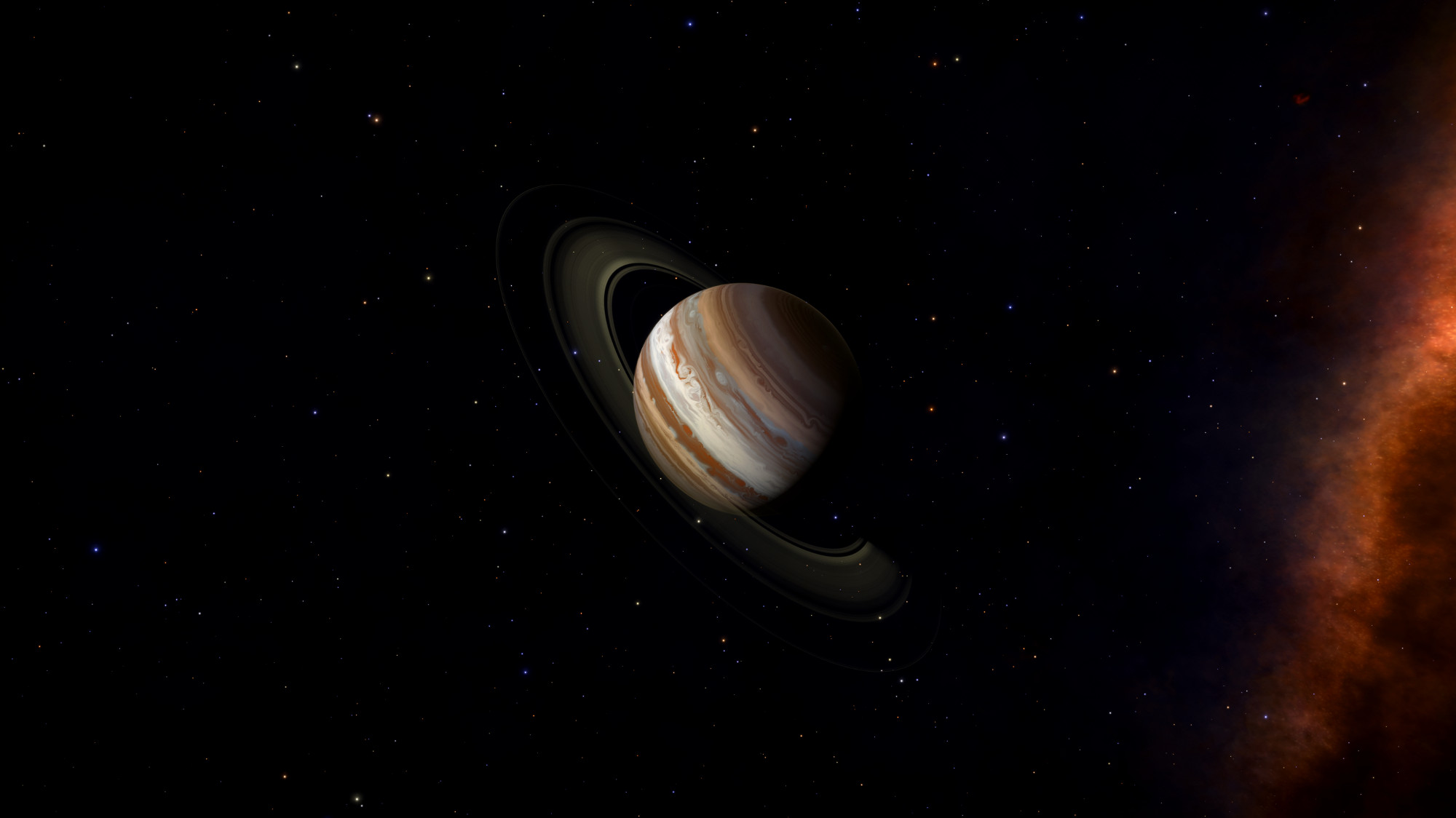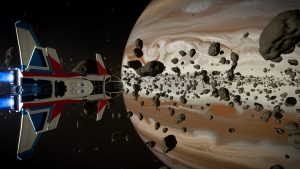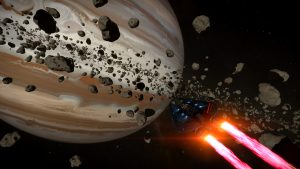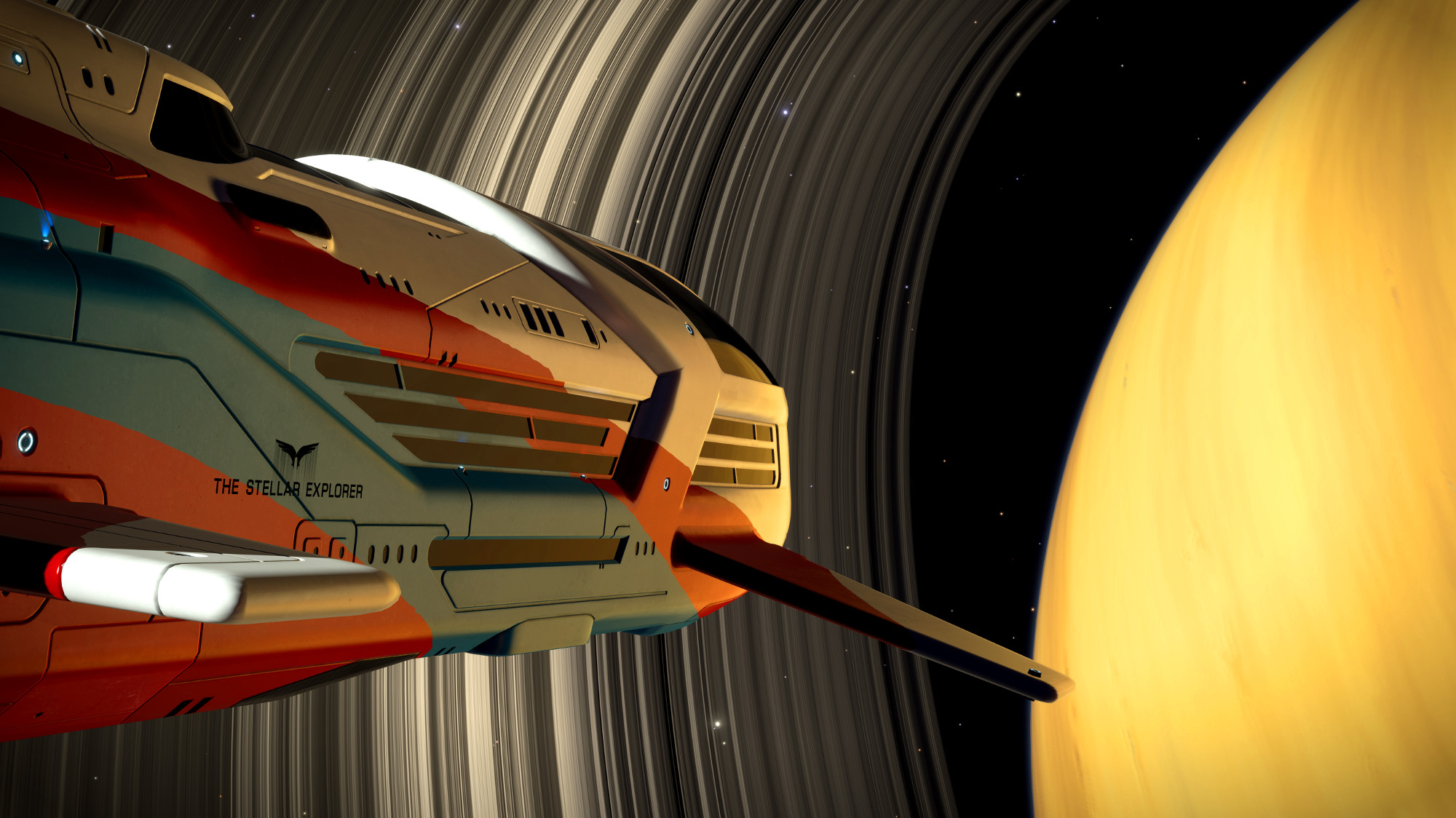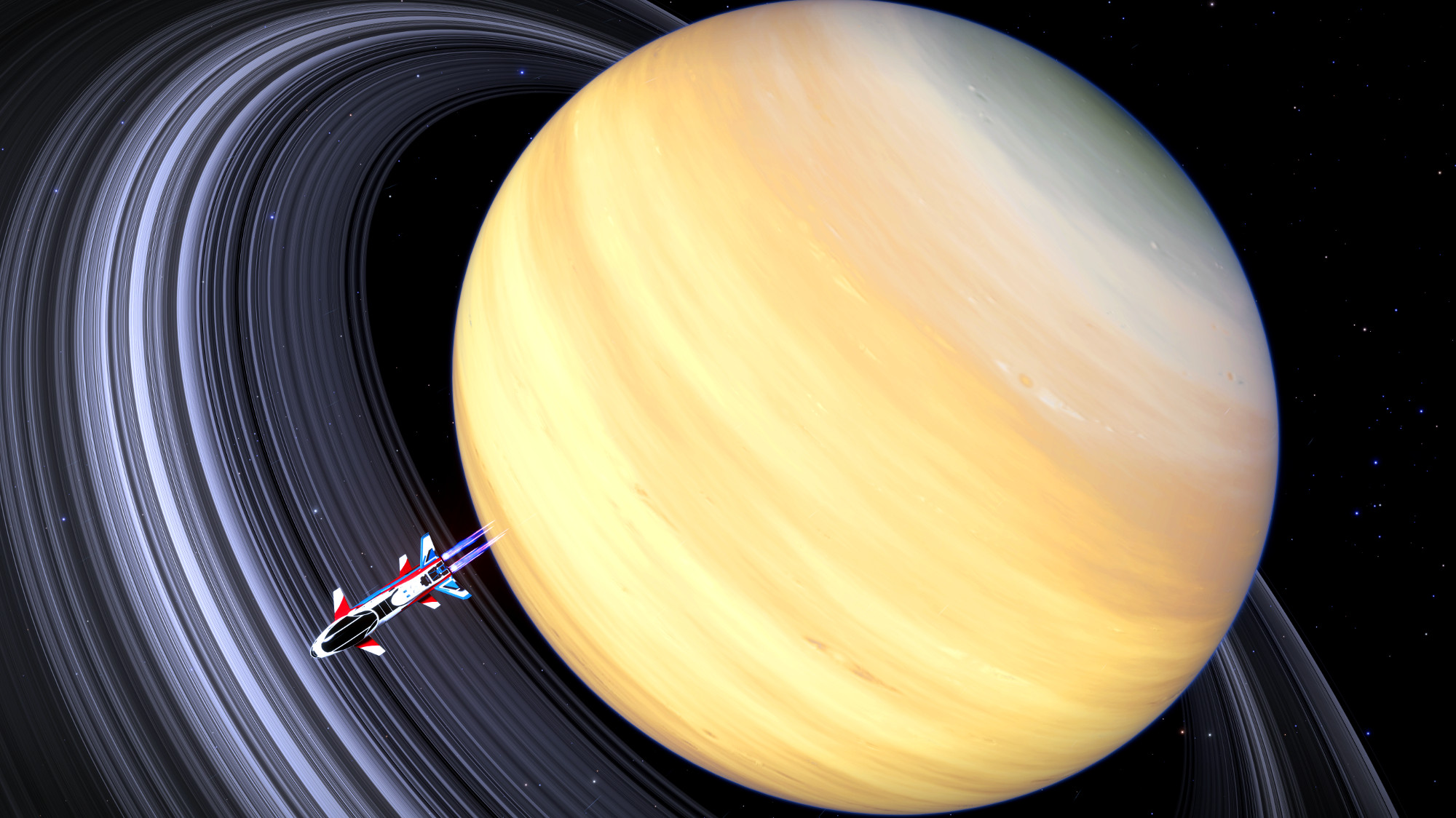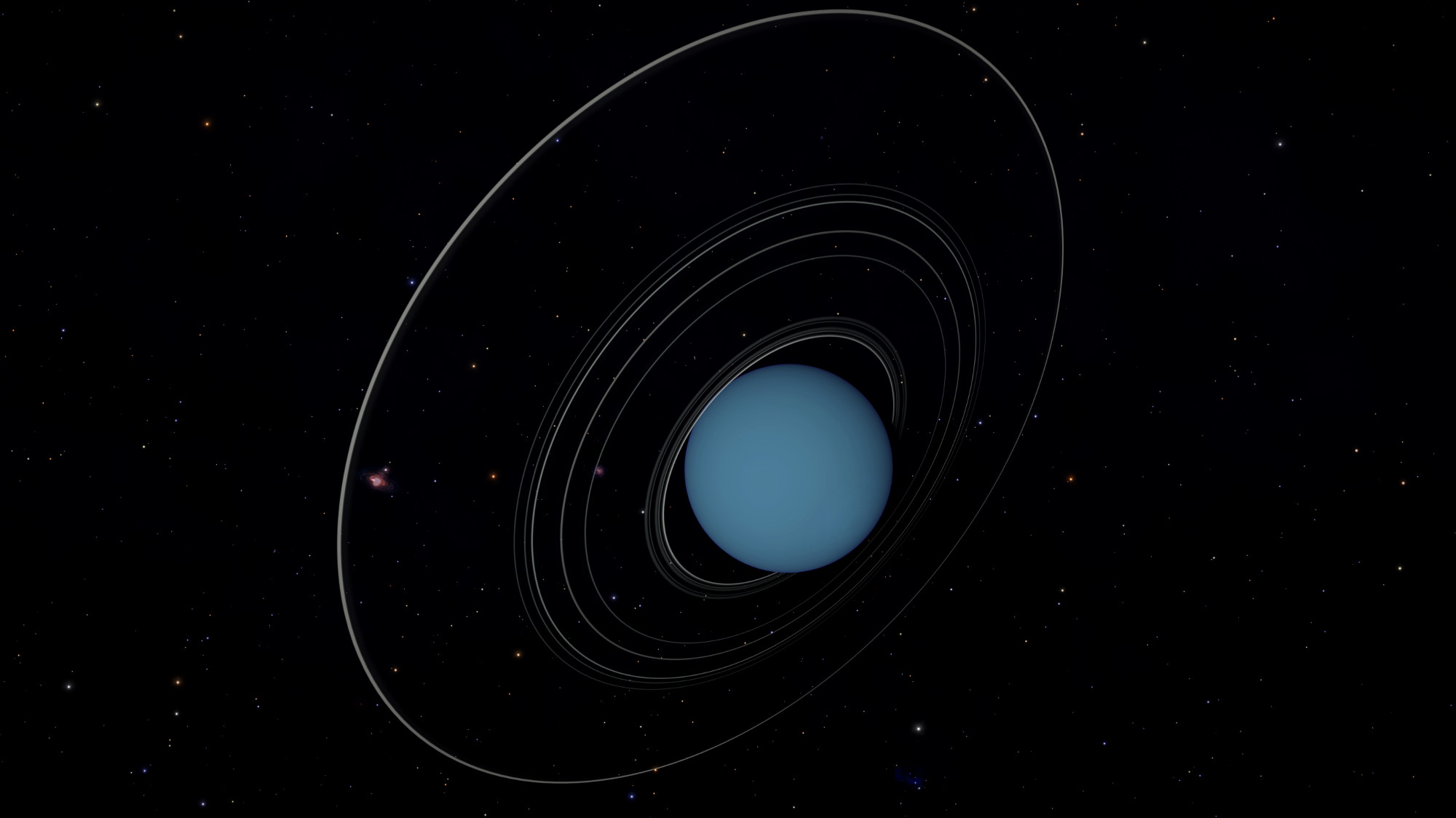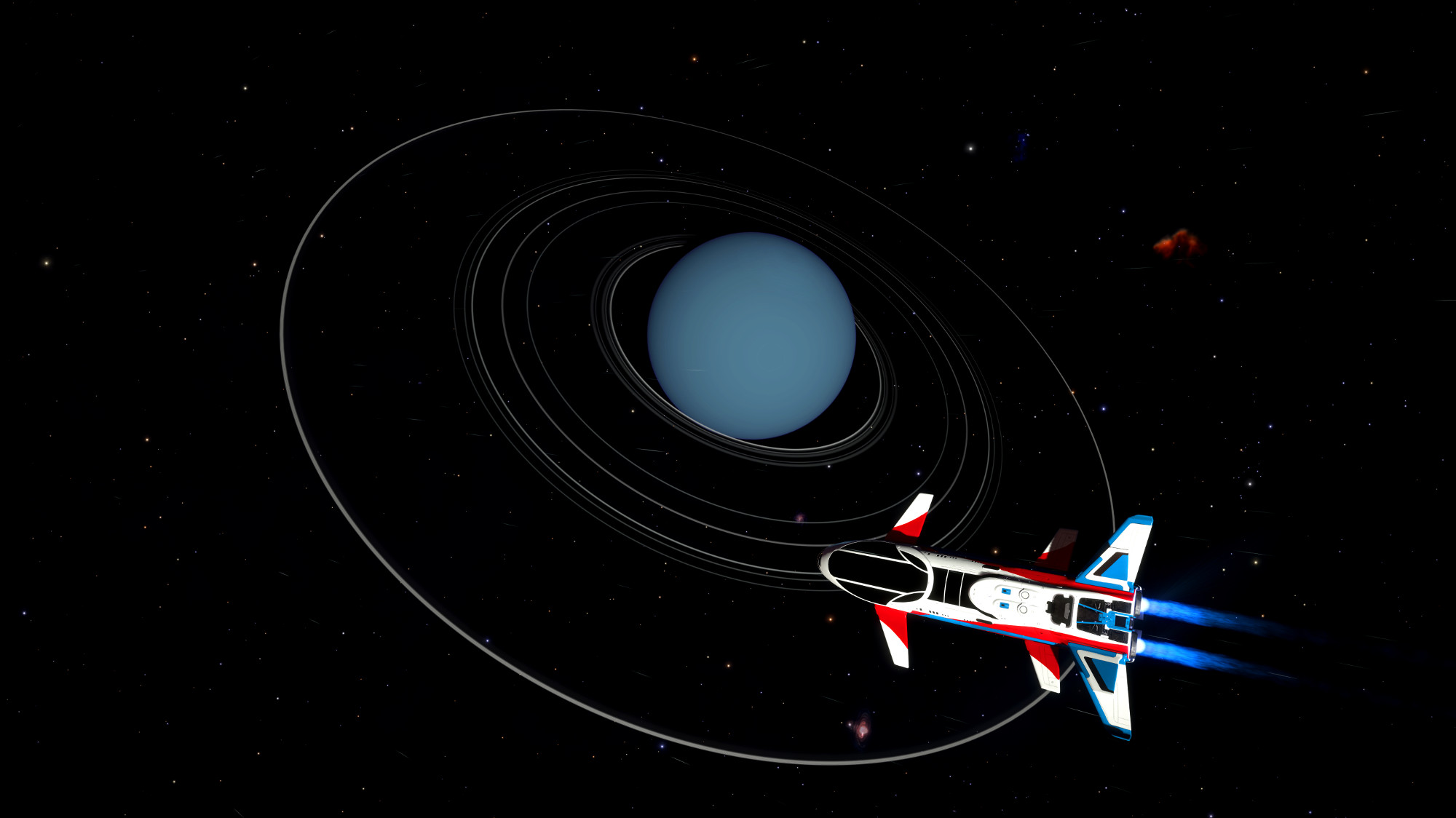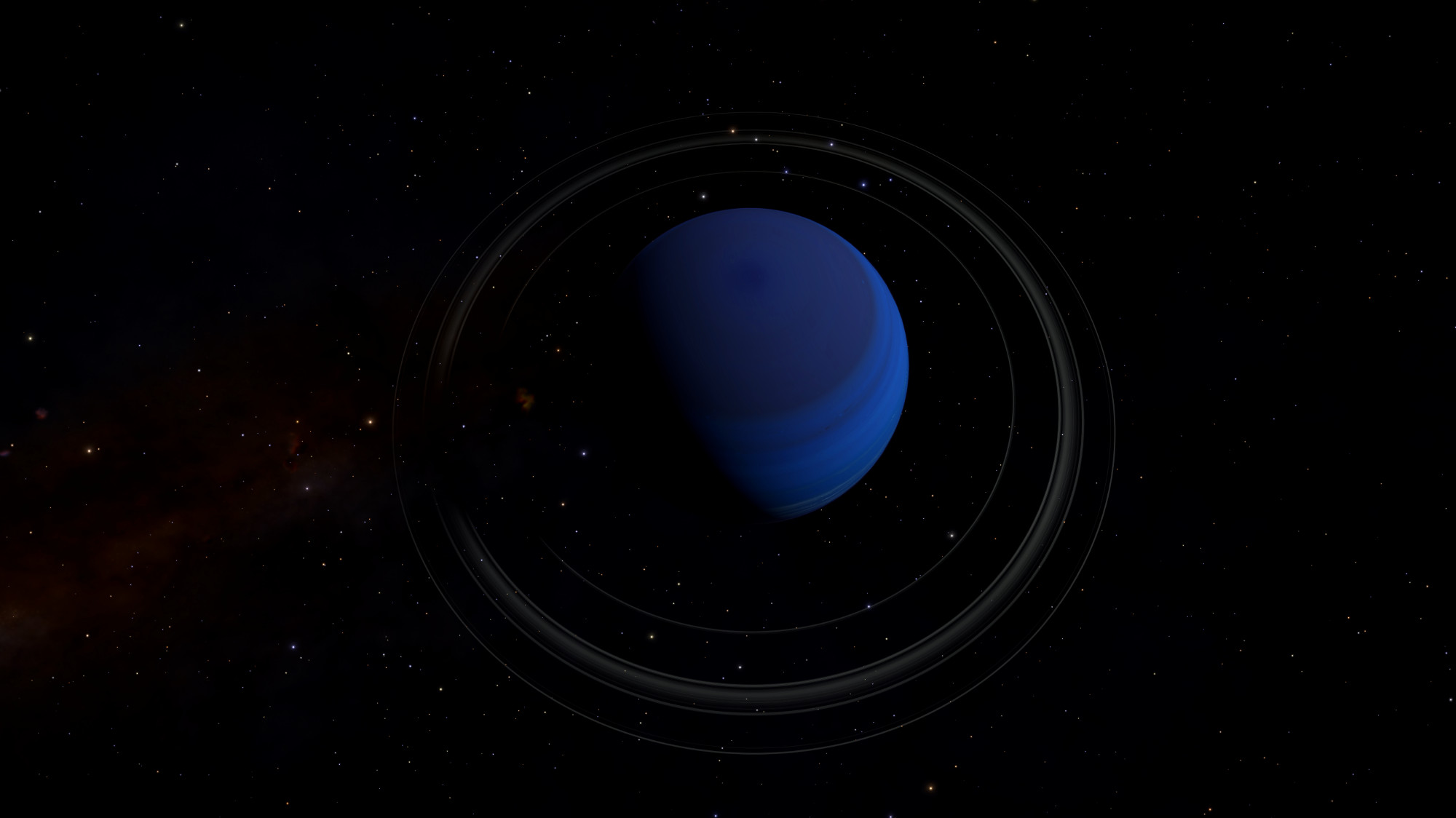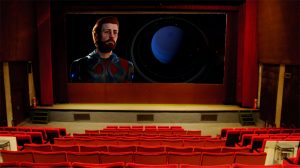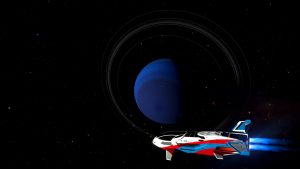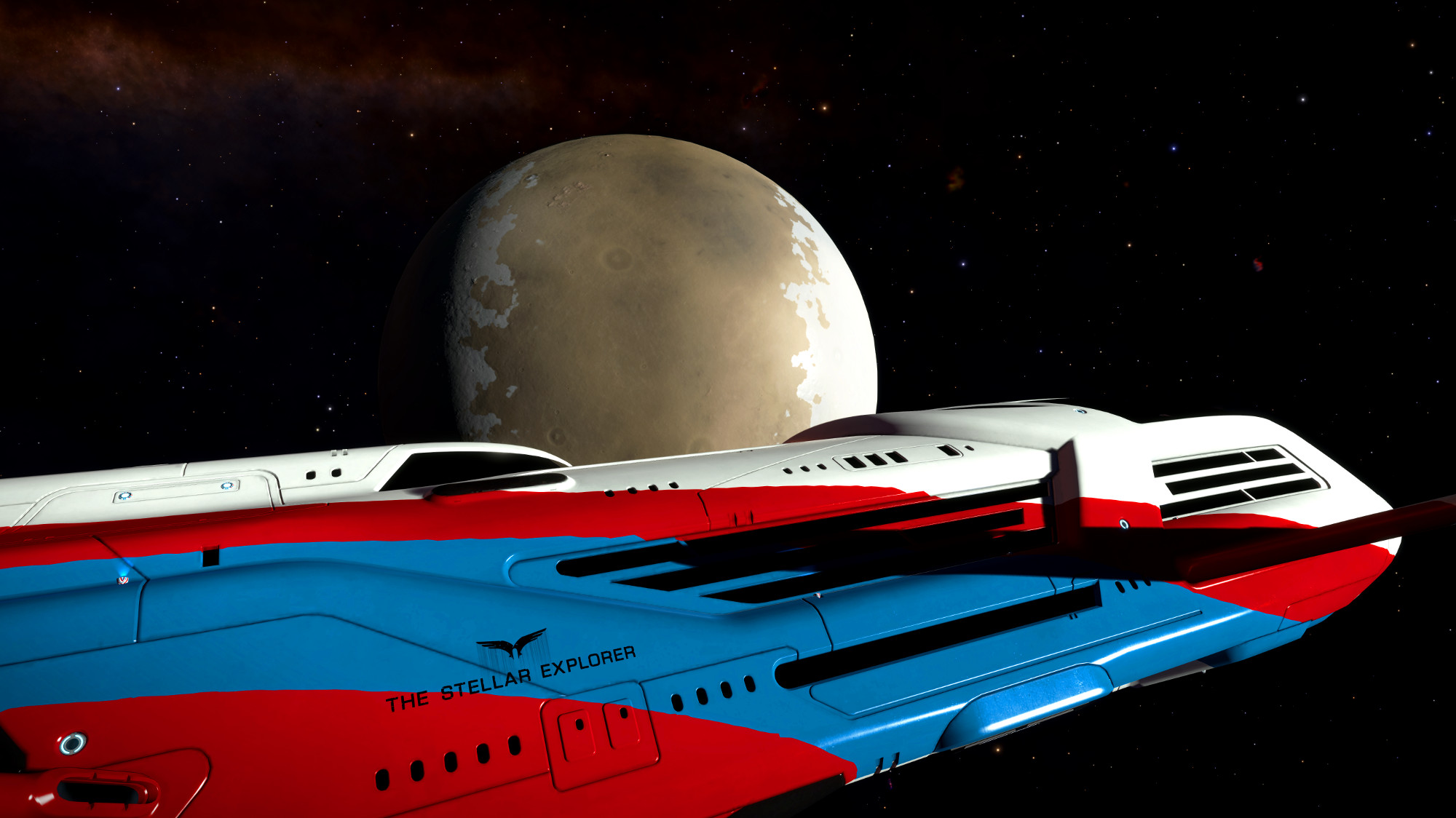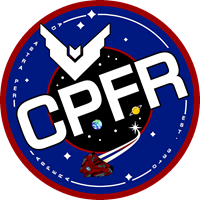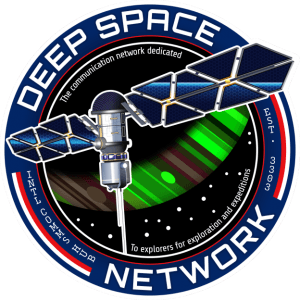This post is also available in: Français (French)
Hi everyone, it’s now 10:18 local time and we welcome you aboard the Stellar Explorer. I’m Captain Ronaldo Mcdonaldo, and we are departing from Ehrlich City, from the planet Mercury, for a guided tour of the Solar system. We ask you to please fasten your seatbelts, as we are going to exit the orbit.
Ladies and gentlemen, here we are now on Mercury’s orbit. You can now unfasten your belts and go to the observation deck to contemplate the view. You will be able to watch the sunrise very soon, no worries the teinted glass will protect you from the rays. This exploration tour of the solar system includes headphones, so you can learn more about the planet’s details and some of its sounds.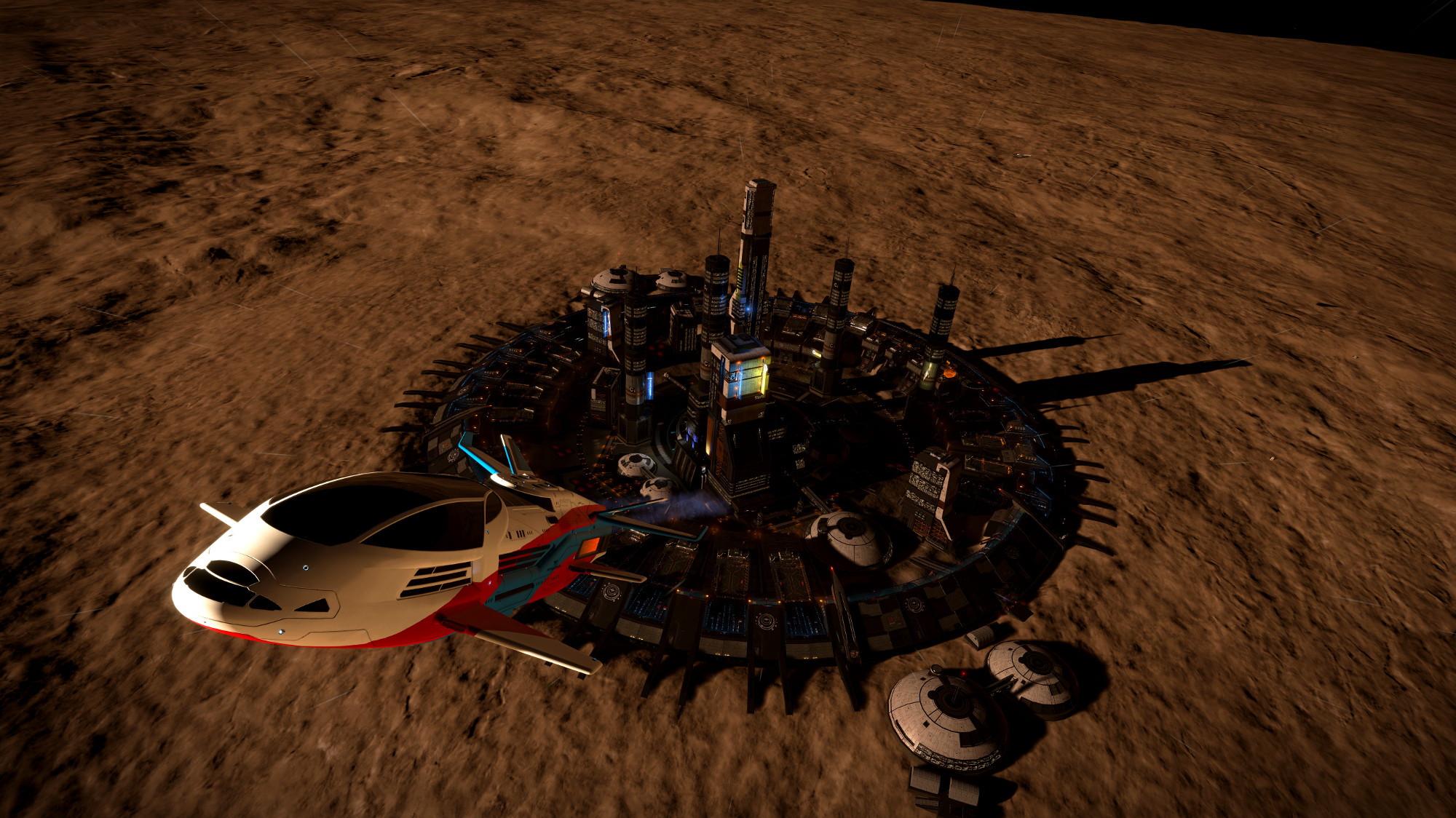
Mercury, the first planet in the solar system, is a little more than 160 light-seconds from the Sun, is named after the ancient Roman god “Mercury”, of which there remains little more than writings listed in the nineteenth century. The ancient Romans named it so because it was quickly traversing the sky.
Its average surface temperature is about 128°C, but the coldest temperature recorded to date was -183°C in one of its polar craters, and its hottest temperature was 427°C, recorded closer to the Sun, at its equator.
Initially, during its colonization, the division of lands and their resources was made between the original settlers, and it is only much later, between 2621 and 2735, that the corporations put pressure on the administration to put an end to the hereditary rights of families descended from these early settlers. According to them, this anachronism was to be destroyed, because it did not represent at all the democracy that defended the Federation, but everyone knew they did it for the economic values of the mining work on Mercury. It was also shortly after the redistribution of hereditary rights – or rather the forced acquisition of the lands of the colonial pioneers – that the Inheritance Wars began.
Dear passengers, I invite you to regain your seats and fasten your belts, we will soon depart to the second planet of the solar system: Venus.
We are now in orbit around the planet Venus, I invite you to join the observation deck, we should soon be able to observe the green reflections of its atmosphere, it would be a shame to miss this! I also inform you that the Bar “Frog Leap” is now open; do not miss the specialties of our Barman Milo: “the Venus”, a cocktail made with banana nectar and organic kiwi, coming directly from planet Earth! As earlier, I invite you to put your headphones on again if you want to learn a little more about the second planet of this system.
Venus was named once again by the Romans after their eponym goddess. Being a little more than 360 light seconds from our Sun, it is the second planet of the system. Almost as big as the cradle of Humanity, it has a gravity almost equivalent to the Earth. Nevertheless, the atmosphere of Venus is nearly 93 times denser than that of the Earth. It is because of this atmosphere that the landing is forbidden to anyone who does not have the required permissions. Only mining companies and their employees are allowed to enter. The latter must absolutely ask for skilled pilots approved by the Federation to carry people, food and materials to the surface and this since the Venusian law of 2259, following the crashes of private vessels that have made nearly fifty victims. The specific ships have been designed to withstand the harsh conditions on Venus.
The sulfuric acid droplets in Venus’ clouds of the upper atmosphere absorb certain wavelengths of the light emitted by the Sun, and reflect some others, which gives this green hue to certain parts of this planet.
Thus ends our tour of Venus. I invite you to regain your seat again and to fasten your seatbelt, we are now approaching Earth, where we will have a little break and lunch in front of our blue planet.
Ladies and Gentlemen, we now have arrived in the orbit of the cradle of Humanity, feel free to check the exploration deck if you wish to. You can also head to the restaurant where you will be served lunch in a few moments. Today, the chef will revisit a famous recipe from one of the glorious restaurants we used to have back in the nineteenth: the “Maxi best of Big Mac Fries”, nonetheless composed of only organic product, contrary to the original recipe. Also, please put on your headphones if you want to hear some information about our dear planet Earth. Throughout your meal, you will be able to admire one of the largest ships of the Federal fleet, the Farragut class capital vessel. Its presence is normal here, to protect the blue planet from unwanted ships and its importance is obviously paramount. I would then ask you not to panic if you see some Federal fighters around our ship, the scans are frequent on this orbit. Finally, the crew and I wish you a good appetite!
You are now in front of the most famous planet inhabited by Humans: the Earth. It is the cradle of humanity, and it is because of it and our ancestors that our beloved blue planet has suffered so much. Sometimes because of various and varied wars caused by the greed of men, sometimes because of climatic disasters, they also in direct relation with the numerous defects of the Man. Nevertheless, it became soon after the XXII century and the scattering of humans through the stars, one of the most popular tourists destinations.
It was in 1969, on July 20, that the men of the Apollo 11 mission set foot on the moon. For the record, the rocket Saturn V, famous for having managed to bring men to the moon was considered a “giant rocket” with its 110m high. As a reminder, our Beluga Liner from the Saud Kruger’s company, measures 209m. It’s wondering how these men of the twentieth century managed to extricate themselves from the atmosphere with such a machine!
And here is the end of our orbit around the blue planet. The whole crew and I hope that you enjoyed your meal, and we invite you to return to your seats so we can proceed to Mars. During our trip, you will be able to access our casino, and the admittance is of course reserved for any person over 18 years old. Nevertheless, a daycare is available to parents, so you can enjoy every entertainment on the Stellar Explorer. You will also have access to a cinema located on the lower deck, exclusively broadcasting Fast and Furious 42, the last masterpiece of the Terrian action cinema.
Ladies and gentlemen, we have arrived at our next destination: Mars. We will be refueled by the Martian authorities during our orbit, so the lower bridge will be closed to the public. We apologize for the inconvenience. As always, do not forget your headsets if you want to follow our story about this second blue planet.
Here you are, in front of Mars. Mars is the fourth planet in the solar system now covered by oceans larger than the Pacific on Earth. It has not always been so colourful. Did you know that our Earth ancestors called it the “red planet” until the 21st century? She was named that way simply because it appeared, by observing it with the naked eye, of an orange shade. History unfortunately proved to them that their observations were false, for even though its soil was composed at the time of much iron oxide, its hue turned out to be only brown, and not red-ish. What a disappointment!
Mars was also very surprising, because it was in 2280 that was discovered, buried on Mars, the first non-human relic ever discovered. The only information issued to date by the authorities is its size: no bigger than a child’s hand. This object still remains mysterious today, but our Martian scientists are still pursuing their research, hoping to unravel the mysteries of the Martian relic. Obviously, Mars is one of our biggest achievements, as the latter has been terraformed over the years to escape from the dying Earth… but now things are going better aren’t they?! (Elite Lore)
The crew and I inform you that our refueling process is now complete. We invite you to return to your seats, as we will begin our journey to the next celestial body of the solar system: the jovian gas planet: Jupiter.
Dear passengers, we have arrived in the orbit of the giant Jupiter. The schedule being quite tight, we will stay a little less longer than usual; The crew and I apologize for the inconvenience. Nevertheless, the information delivered by your headphones are of course available, and you will also have the time to go to the observation deck if you want to take some shots of the famous big red spot.
Before you, the jovian planet known as Jupiter. Like the previous astronomical bodies that we have came across, this planet also bears the name of an ancient Roman god. The upper atmosphere is very dense and opaque, and it is forbidden to any civilian to enter. The only people with access to this planet are, the mining companies that extract the gases present in the lower layers of the atmosphere.
You can also see the big red spot, persistent high-pressure storm located about 22° from the equator. Large enough to hold two or three times a planet the size of the Earth, its winds blow at over 400 km/h, making gas extractions very difficult and dangerous for local businesses.
Have a look at the thin planetary rings orbiting around Jupiter. Contrary to popular beliefs of the early twentieth century, the fifth planet of the solar system has mainly rocky rings. It is only thanks to the Voyager 1 spacecraft that scientists discovered it, when it approached Jupiter in 1979. Jupiter helped and still helps protecting the Earth and Mars from the biggest asteroids falling to the planets.
Our stay near Jupiter will now end, and I invite you to return to… well you know what to do. We will depart to the next planet and its beautiful rings: Saturn.
Dear Passengers, here we are in front of the most famous of the ringed gaseous giants of the galaxy: Saturn. Being the last planet of the solar system observable to the naked eye from Earth, you should be able to observe the blue planet one last time before leaving for Uranus. As usual I invite you to put on your headphones, and wish you a pleasant journey into the orbit of the sixth planet.
Ladies and Gentlemen, here is now a few hundred kilometers ahead of you the sixth planet of the Solar system: Saturn. With a volume 763 times higher than the Earth, its winds can reach up to 1800 km/h, which prevents any approach, even for gas extraction companies. Nevertheless, its rings composed mainly of rocks and ice are a real vein for extraction companies, because on Earth, these materials are considered luxurious. The extracted rocks are used as decorative materials in garden walkway constructions for the particular richest, while the ice extracted from these rings are considered refined dishes: the icy pieces are tasted as such, or accompanied a mixture of caramel and honey.
We are now leaving the orbit of Saturn and heading to Uranus. This trip will be longer than the previous ones, so we have reopened the various recreation rooms, the gym, and the private movie theater, where you can choose your own movie with our new viewing glasses.
Dear passengers, the crew and I are delighted to introduce you to Uranus, the seventh planet in the Solar system. We will orbit a little there, so you can appreciate the planet and its wonderful and finest rings.
Before your eyes is the icy giant known as Uranus. Victim of more than one word game in the English language, it owes its name, like many of the planets previously seen, to a Roman god of the sky: Uranus. With a surface area 15 greater than the Earth, it has nevertheless a surface gravity a little less important than on Earth. It was a little detail for the first companies that wanted to land here. It was no longer one after the first incidents of the 2967 tourism race, where the ships of the first companies bounced off the ground after arriving too quickly, thinking that since the gravity was less, they could arrive without taking any precautions. Be careful with Uranus.
The specialty of these tourists resorts is the “outdoor” ice rink. As you know Uranus being an icy giant, its surface is covered with ice, making it the first fully ice-skating planet. The principle is simple, some packages are proposed, ranging from the simple hour of skating to the week, including rental of space cottages any comfort. Once your choice is made for your stay on Uranus, the resort will provide you with a suit adapted to your size, and a planetary vehicle intended for travel on the ice.
This is the end of our journey around Uranus. We are preparing now to begin our journey towards Neptune. Also, if you order goods from now on until the end of your stay aboard our ship, you will benefit with a 30% discount for all your voyages on Uranus! Do not miss the opportunity to do skating or lounging in the heavenly jacuzzis of Uranus’ planetary stations!
Dear passengers, here we are now near the giant Neptune. We wish to inform you that due to a technical issue, your headphones are temporarily unavailable as we try to fix the problem. Nevertheless, I will tell you some information about this other blue planet if you wish. For this, I invite you to find me in the amphitheater located on the upper deck. We can accommodate all our passengers in this sumptuous room, but you do not have to attend this little improvised meeting if you don’t want to of course.
Welcome to this amphitheater. We’re meeting for the first time, so I’ll introduce myself: I’m the commander of this ship, Commander Ronaldo Mcdonaldo, and I’m going to talk you a little bit about Neptune. Unfortunately, we don’t have any window here, but we are filming from the outside so you can watch it on the big screen. I would still allow time for each of you to observe it via the observation deck which should seem familiar to you now.
Thus we find ourselves in front of Neptune, the eighth and last planet of the Solar system, which has given way to a very eventful debate in the years 2010, we will discuss about it later on. With a larger mass but smaller volume than Uranus, this giant with an area almost five times higher than the Earth is composed substantially of the same elements as the previous planet we visited.
Here, no resort or other tourist site, but an increased presence of mining companies. They extract the upper layers of the Neptune mantle, which consists mainly of ammonia and methane. These companies are in agreement with others, specializing in the extraction of gases from the atmosphere, composed mainly of helium and hydrogen.
I invite you to join the observation deck, where you will be served some snacks while waiting for dinner tonight around Pluto. If you pay attention, you may be able to observe the rings of this icy giant.
I now invite you to return to your respective places and fasten your belts, because we are now entering our last journey to Pluto. Dinner will be served during our last orbit, where you can enjoy the view of the dwarf planet.
Here we are, ladies and gentlemen, arriving at the last destination of this visit of the Solar system. We set up the observation deck so that you could enjoy a dinner in front of this dwarf planet, which was at the center of controversy many years ago as I briefly hinted earlier. Also, during the first part of your dinner, the crew will tell you the story of Pluto, and in the second part of this meal, you will be invited to rediscover the traditional Terran dances from the pre-space era. We wish you a pleasant moment, and a good appetite.
You are now in front of the most famous of the dwarf planets: Pluto. This transneptunian object was considered at the time of its discovery as the ninth planet of the solar system. It was at the beginning of the 21st century, when more and more objects similar to Pluto were discovered, that the International Earth Astronomical Union took the decision to redefine the notion of planet, classifying Pluto from then on in the category of dwarf planets, just like Eris.
This star composed mainly of rocks and methane ice, and about two-thirds the diameter of the Moon is now a place of pilgrimage for those who still consider Pluto as a planet. The “Plutonians”, as they like to call themselves, believe in the liveliness of this dwarf planet and ask the International Earth Astronomical Union every day to review its status as a planet. They claim to contain the vengeful wrath of this “entity” through their pilgrimages. They always offer a nice attraction to whoever comes to visit the Solar system so far.
Passengers, we have arrived at the end of our journey. We hope, the crew and myself, that you had a good time aboard the Stellar Explorer. Remember, this Liner is in the top 1% of all Liners out there! So do not hesitate to call our services again if the desire for more adventures pushes you further, we would be delighted to guide you thought more destinations!

